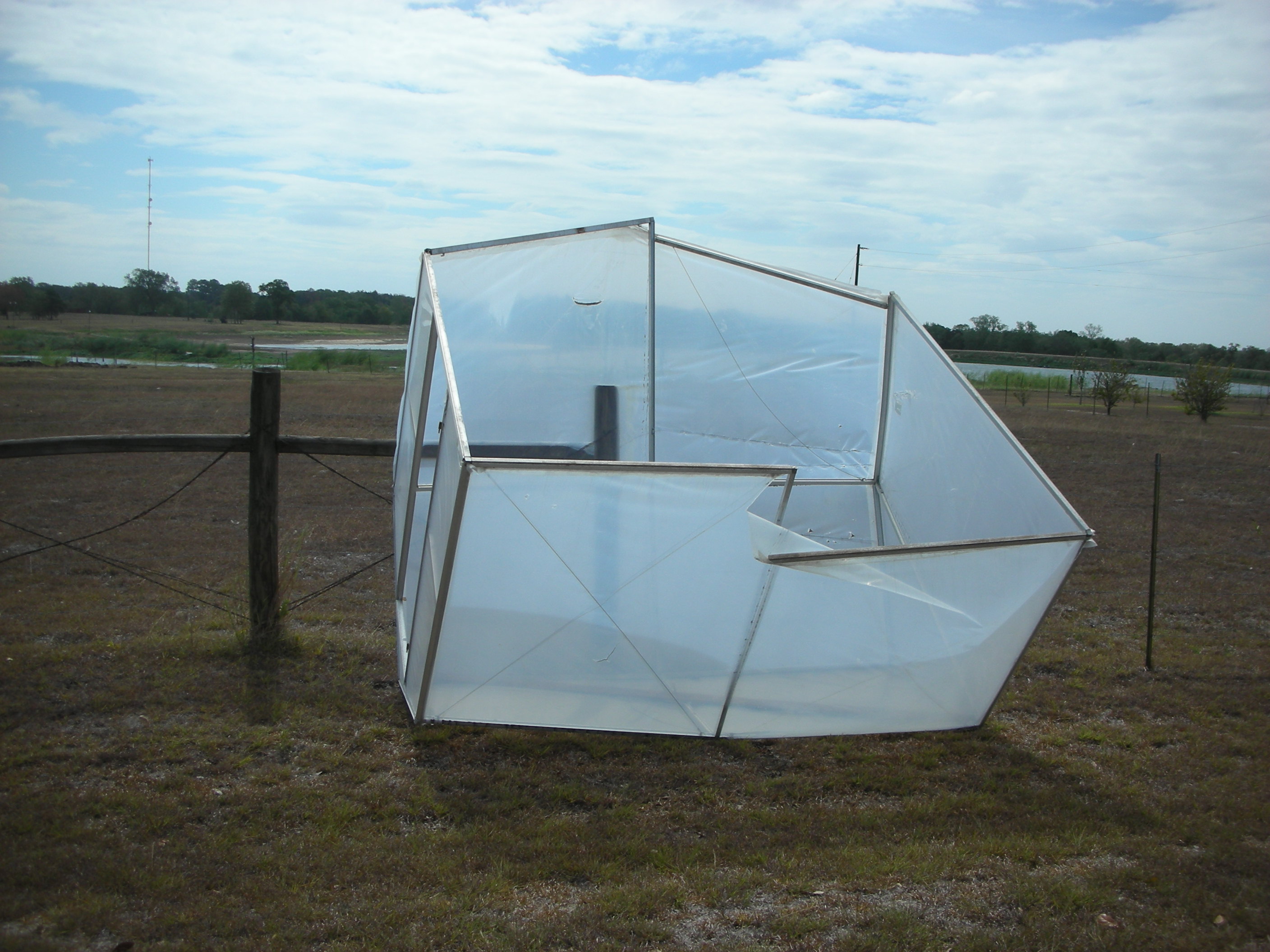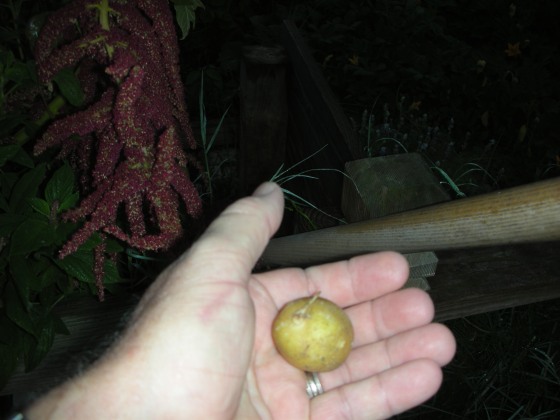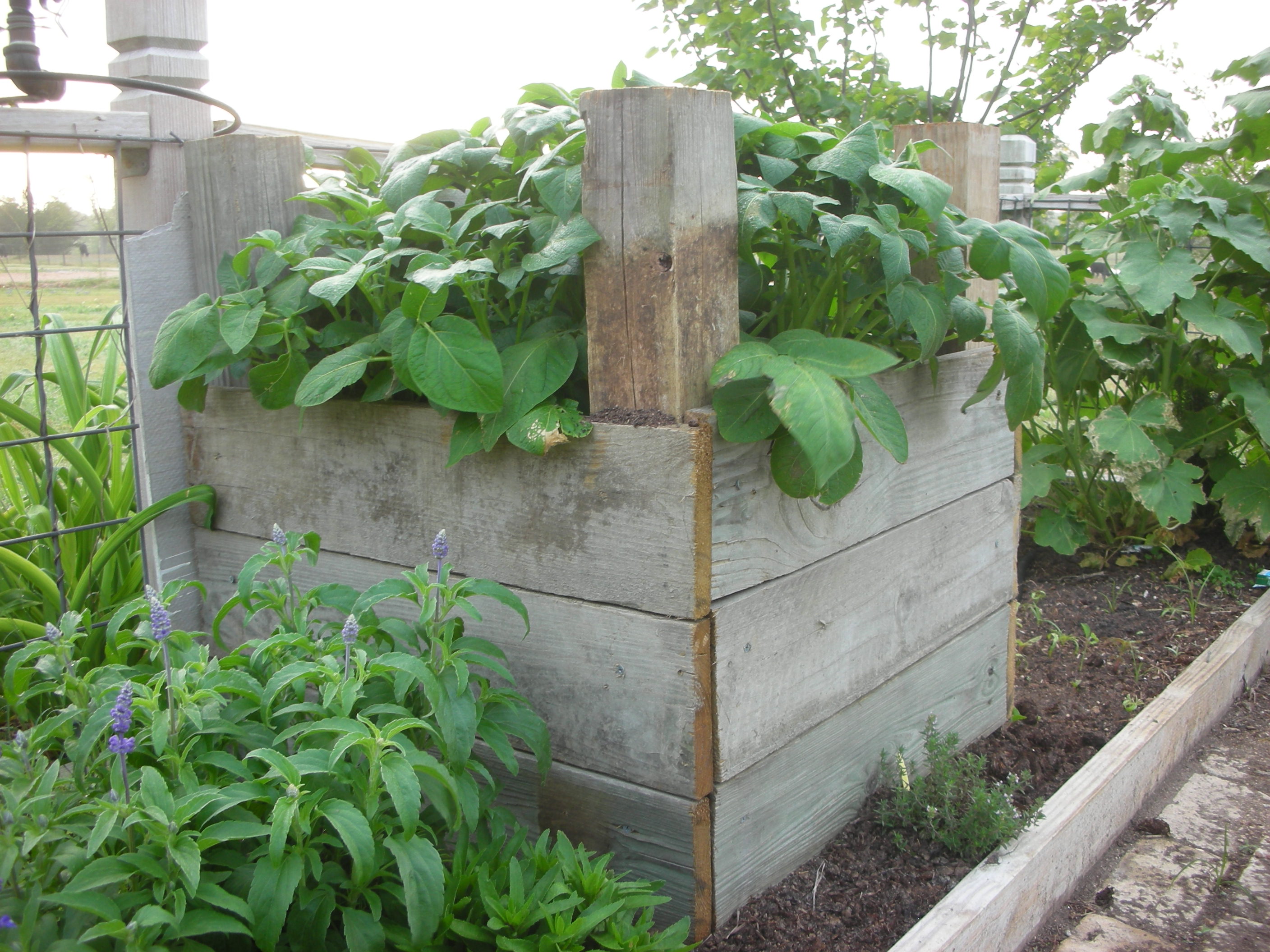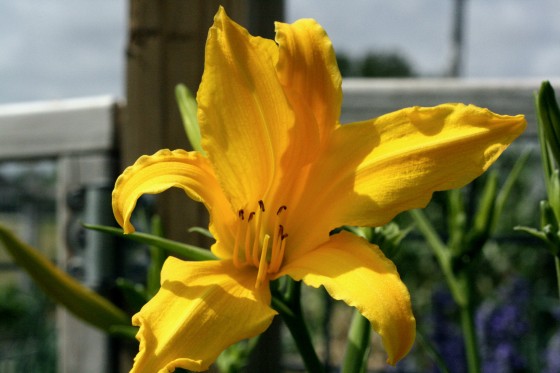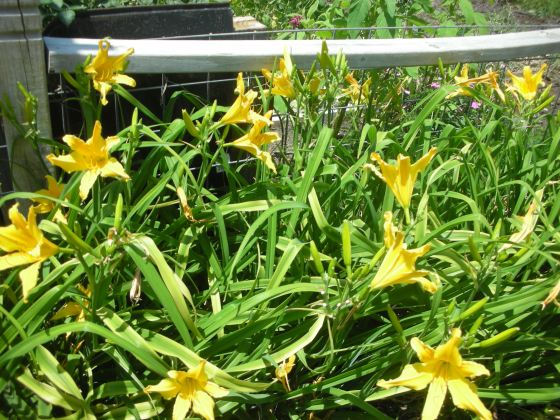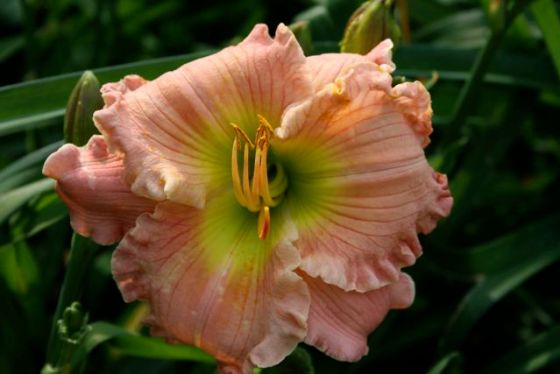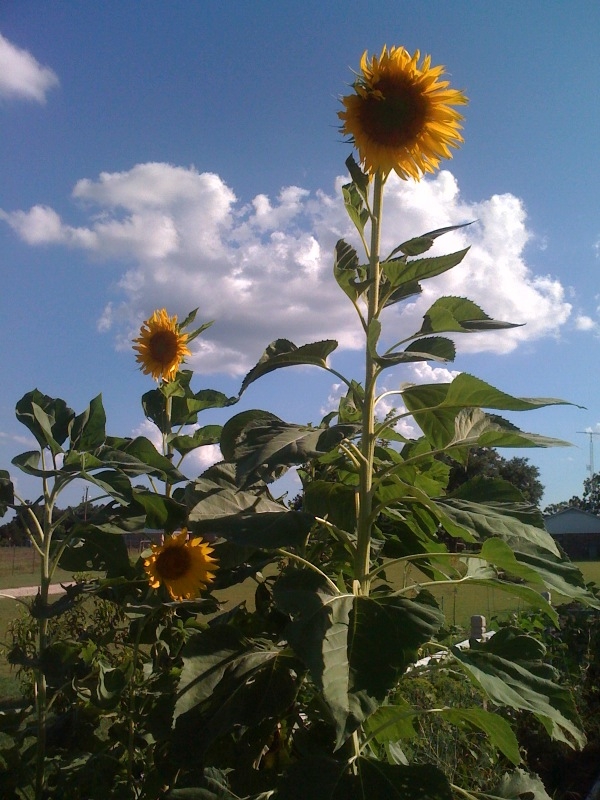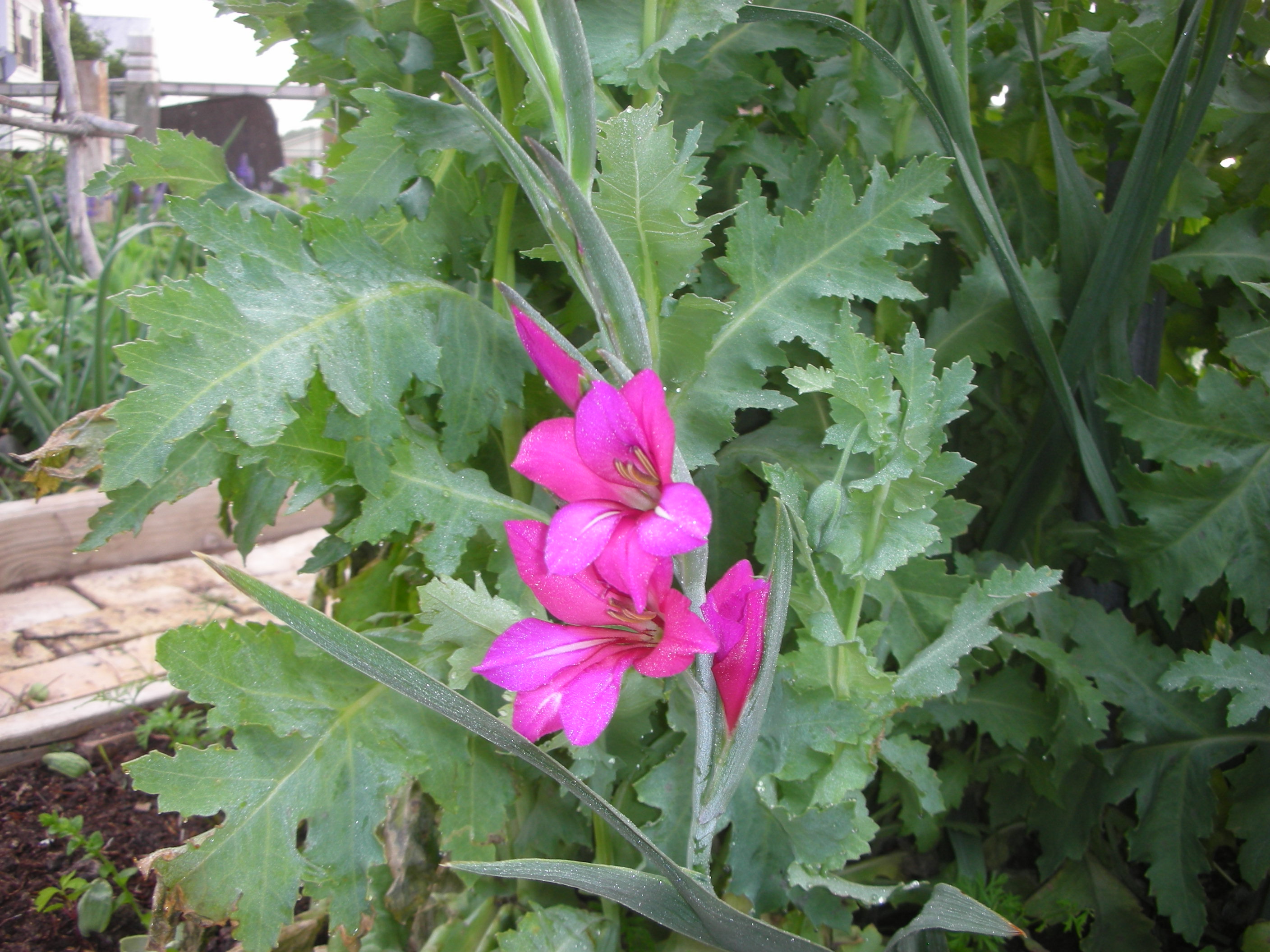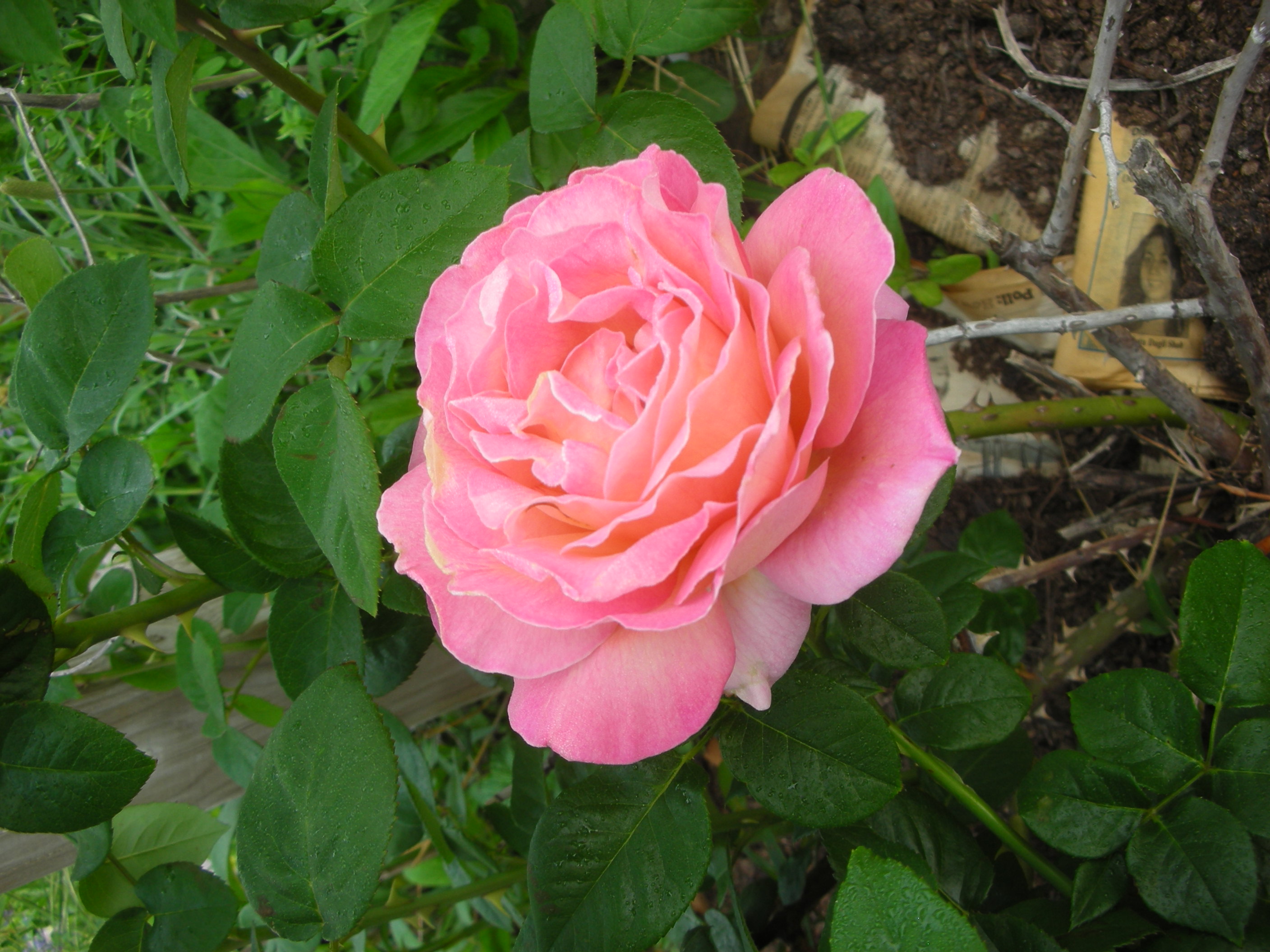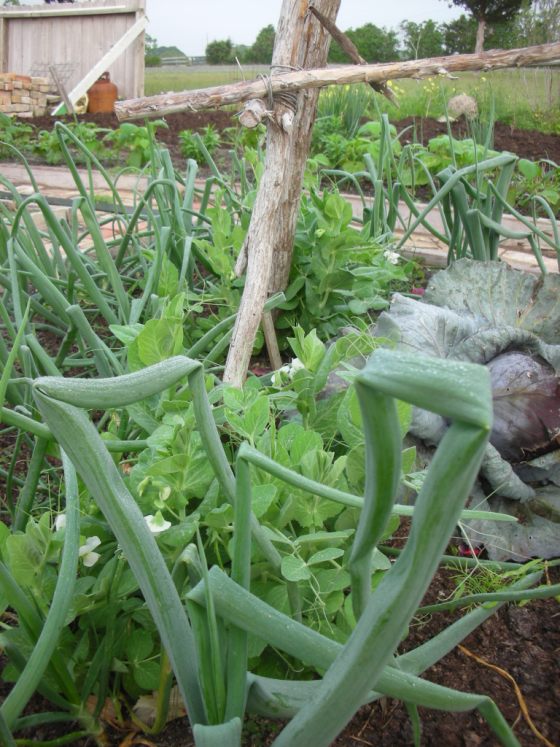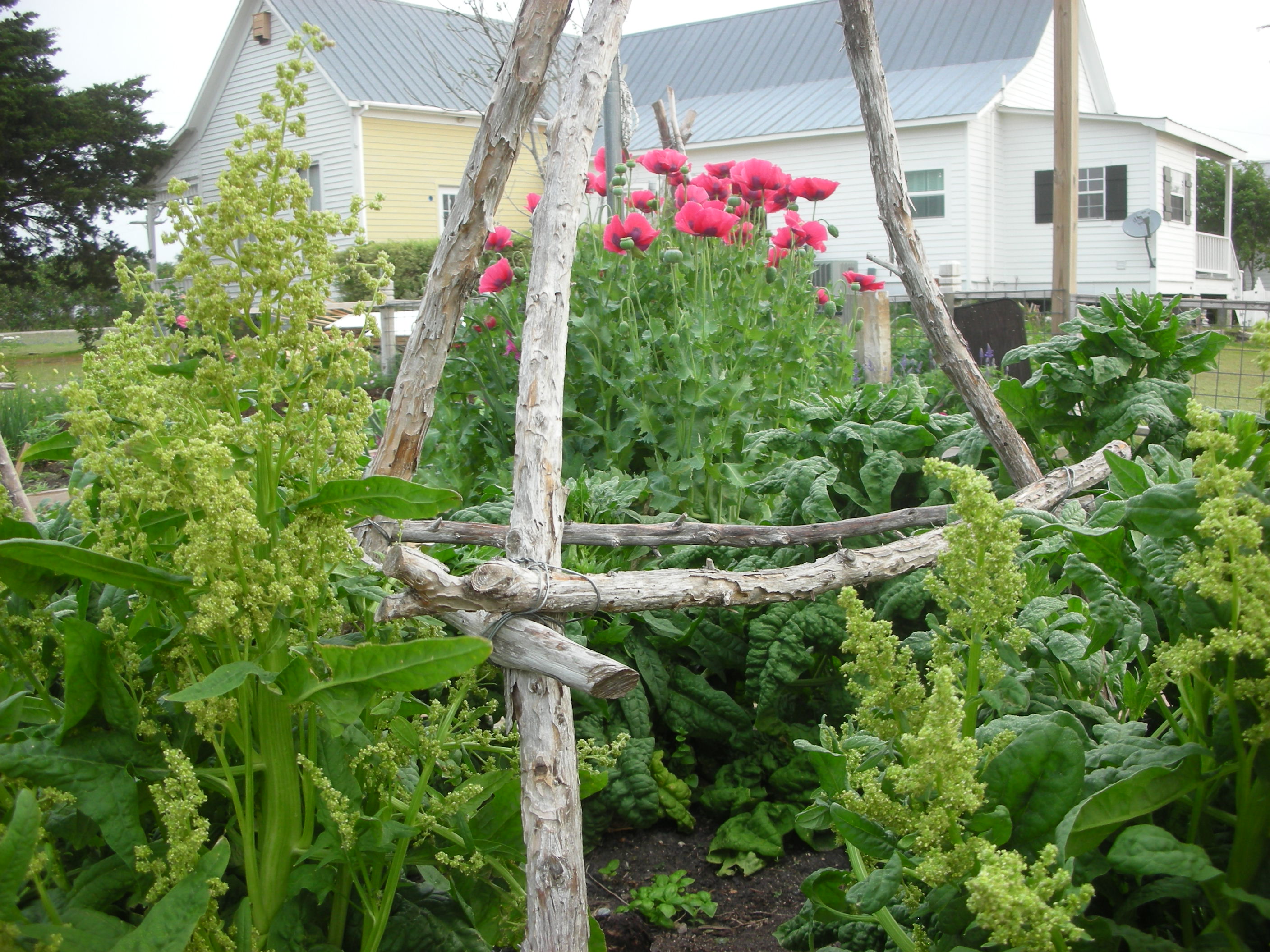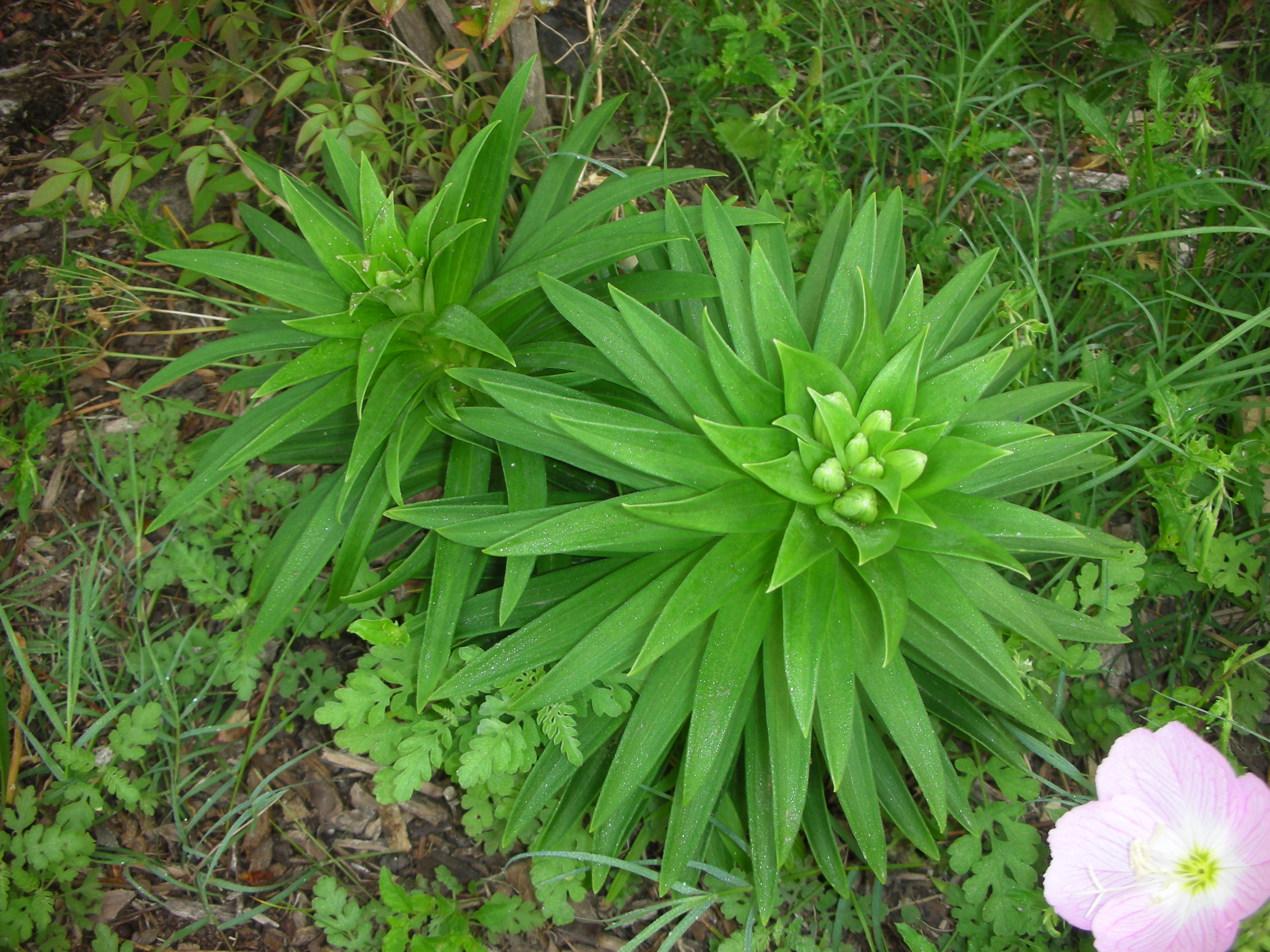Well, Mother Nature finally sent a little relief to all of us that have been suffering under the heat of the HOTTEST AUGUST ON RECORD. This cool front was much appreciated by all of the fall gardeners who really needed to get their seeds and seedlings in the ground. The milder weather encouraged me to tear up and haul off an old brick side walk. I was also able to get the beds of the potager ready for a slightly late Fall planting.
I also got to install my latest “garden gadget”. Because of the drought, all of our neighbors are watering much more than normal. This leaves us almost 0 water pressure at our house. Due to the low water pressure, our sprinklers are just not covering the same amount of area that they used to. It has made it somewhat difficult to get enough water on our trees. So, to help ensure that my trees make it, I bought five “Tree Gators” If you are not familiar with Tree Gators, they are basically a big ziplock baggie that wraps around the base of your tree. You fill it with 20 gallons of water and then tiny holes in the bottom of the bags drain the 20 gallons over a five hour period. I was very impressed with this little invention. It has an incredibly simple design, is ridiculously easy to use, and entirely effective. What more could you ask of a gadget? You can check out the entire line of Tree Gator products at http://www.gardenhomedirect.com/Treegator-Original-Slow-Release-Watering-Bag-by-Spectrum-Products_p_3.html.
Despite getting to watch A&M beat up on SMU, the weekend was not perfect. The tropical depression that brought a ton of much needed rain to Louisiana, brought us extremely high winds for most of Saturday and Sunday. These winds caused a small personal tragedy for me. I lost my greenhouse to the winds. I know that this is in no way comparable to losing one’s home. However, to me it was pretty heart breaking. I just bought my little greenhouse a month ago. It was very disappointing to drive up my road on Sunday morning and see all of those dreams of fall and winter propagation wrapped around a barbed wire fence.
The Texas Wildfires
I would also like to take a minute and talk a little about the fires that seem to be consuming most of Texas. Right now, there are 64 wildfires burning in Texas. Things are so bad that on Saturday, I heard something I have never heard in all of my 49 years. The Brenham radio stations were making public appeals for all volunteer firemen, regardless of where they lived, to grab their gear and head to Bastrop. The fire in Bastrop is awful. I heard this morning that Bastrop State Park is gone! How can that be? Bastrop State Park was a huge stand of ancient pines covering acres and acres of beautiful rolling hills. I have spent many painful hours pedaling up and down those hills on my bicycle. While my thighs hated the hills, the place was so beautiful that I gladly accepted the burning in my thighs as the small sacrifice that my body paid so my mind and soul could be invigorated by the scenery. I will miss this place dearly.
While Brenham is still fairly safe, all of the counties around us are burning. Two of my nephews that live close to Bastrop were forced to evacuate on Sunday. I cannot imagine leaving your home and all of your possessions knowing there is a very good chance they will not be there when you return. According to the news wires, between 600 and 1000 Texans have lost their homes to wildfires this summer. Please keep these people in your thoughts and in your prayers. Also pray for the men and women that are battling these fires.
If you would like to see where these wildfires are currently burning, the Texas A&M Agrilife Extension site hosts a Google map with data provided by the Texas Forest Service. Here is the link: http://ticc.tamu.edu/Response/FireActivity/.


